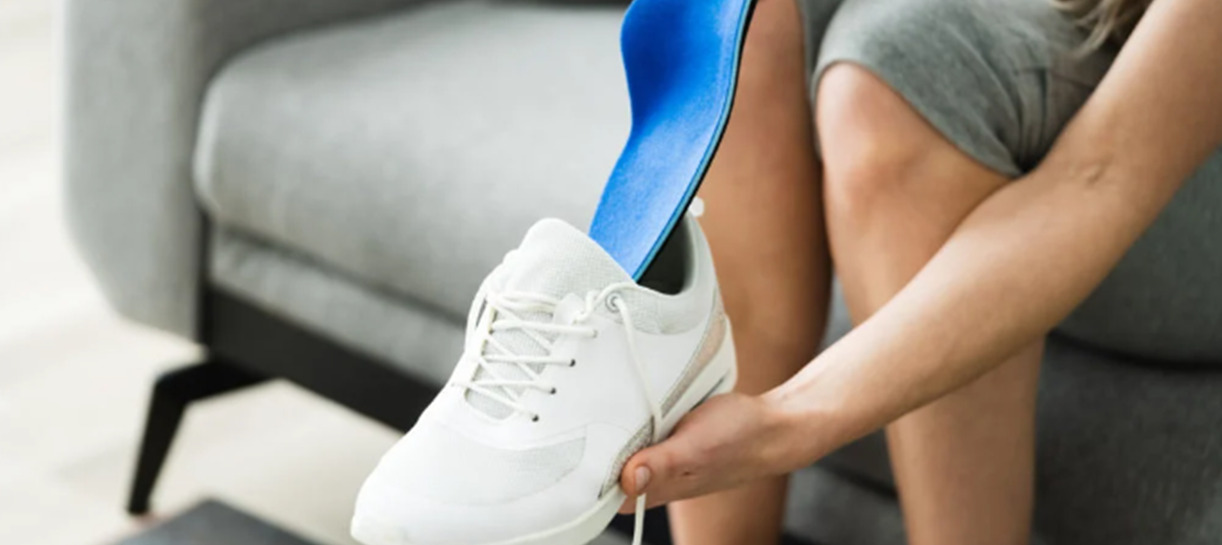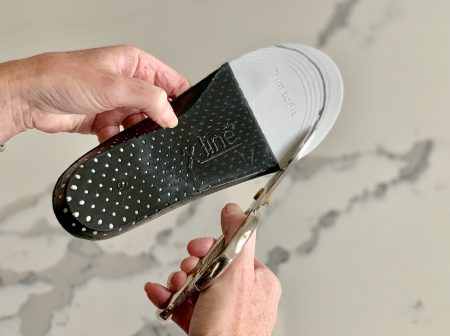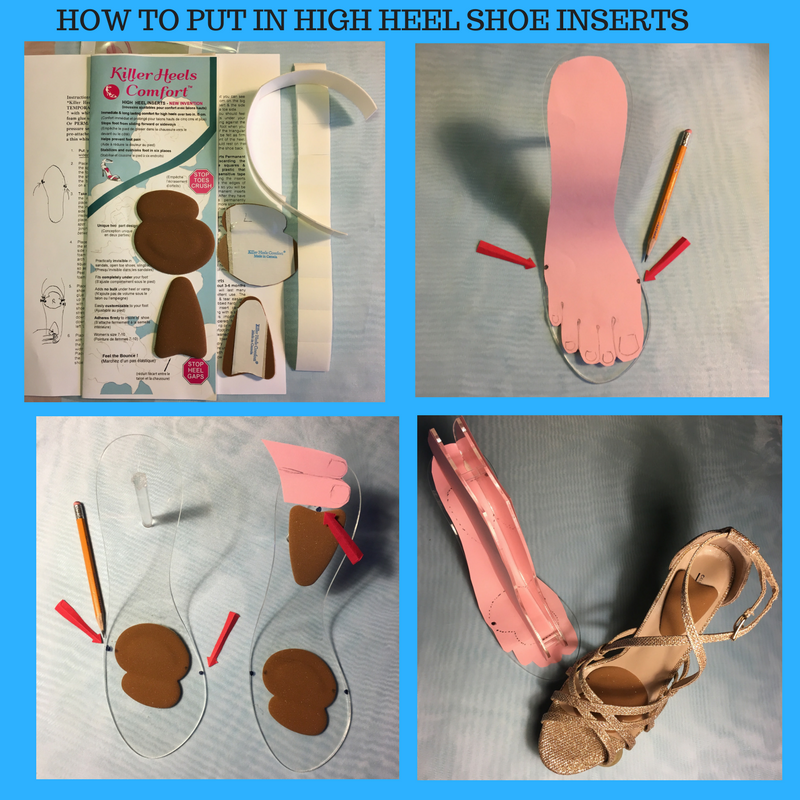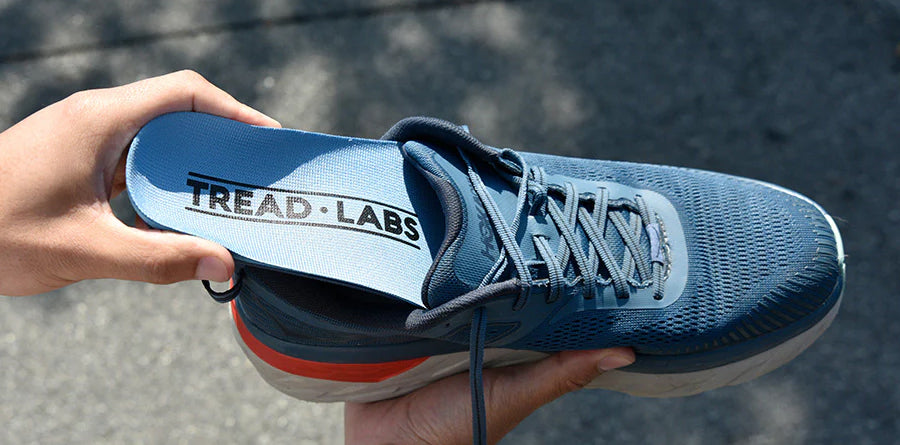If you’ve ever found yourself uncomfortable in your shoes, you’re not alone. Many shoe enthusiasts, fashion lovers, and professionals struggle with this common problem. One effective solution is using insoles. But how do you properly place insoles in your shoes for maximum comfort? In this ultimate guide, we will walk you through the process step by step. You’ll also learn about the types of insoles available, their benefits, and tips for selecting the best ones for your footwear needs.
Understanding Insoles: What They Are and Why You Need Them
Before you dive into the ins and outs of inserting insoles, let’s first understand what they are and the role they play in your footwear. Insoles, also known as footbeds or inserts, are removable layers placed inside your shoes. They serve multiple purposes, including:
- Added Comfort: Insoles can provide cushioning and support, making long hours on your feet more manageable.
- Arch Support: Many insoles are designed to alleviate arch pain and improve overall foot alignment.
- Moisture Control: Some insoles are crafted to wick moisture away, keeping your feet dry and odor-free.
- Injury Prevention: By properly supporting your feet, insoles can help prevent injuries related to overpronation and flat feet.
Investing in high-quality insoles can transform not just how your shoes feel, but also how you move through your day. Let’s now explore the process of putting insoles in your shoes.
How to Put Insoles in Shoes: A Step-by-Step Guide

Step 1: Choose the Right Insoles
The first step in ensuring the insoles fit well is to choose the right ones for your specific needs. Here’s a handy comparison table to help you decide:

| Type of Insole | Pros | Cons | Best For |
|---|---|---|---|
| Gel Insoles | Excellent cushioning, shock absorption | Can retain heat, may feel bulky | Casual and athletic shoes |
| Orthotic Insoles | Arch support, pain relief | Higher cost, sometimes requires break-in time | Flat feet, overpronation |
| Foam Insoles | Lightweight, good for moisture control | Less support, can compress over time | Everyday wear |
| Custom Insoles | Tailored to your foot shape | Expensive, requires fitting | Severe foot issues |
Step 2: Prepare Your Shoes

Once you’ve chosen the right insoles, it’s essential to prepare your shoes. Here are some tips to ensure a smooth insertion process:
- Clean your shoes: Remove any dirt, dust, or debris from the inside of your shoes.
- Remove the original insoles: If your shoes come with built-in insoles, take them out carefully.
- Check the fit: Place the insoles on top of the original footbeds to see if they fit well.
Step 3: Inserting the Insoles

Now that you’ve prepared your shoes, it’s time to insert the insoles. Here’s how to do it:
- Align the insoles: Position the insoles in the shoe so that the back of the insole aligns with the back of the shoe.
- Press down: Firmly press the insoles into the shoe to ensure they fit snugly.
- Check for movement: After insertion, wiggle the insole slightly to ensure it’s secure and doesn’t slide around.
Step 4: Test Them Out

After inserting your insoles, it’s essential to give them a test run. Here’s how to do that effectively:
- Walk around: Take a few minutes to walk in your shoes to gauge comfort and support.
- Check for pressure points: Pay attention to any discomfort or pressure points that may occur.
- Adjust if necessary: If you feel any discomfort, consider adjusting or replacing the insoles with another pair.

Common Footwear Experiences with Insoles
Insoles can significantly improve comfort, but it’s essential to recognize that experiences may vary based on the shoe type and individual needs. For example, a case study involving Sarah, an avid runner, revealed that after inserting arch-supporting insoles into her running shoes, she experienced reduced foot fatigue and enhanced performance. Conversely, John, who wears work boots, struggled with bulky gel insoles that created a tighter fit, negatively impacting his mobility.

Tips for Choosing the Best Insoles
Choosing the right insoles can be daunting with so many options available. Here are some tips to help you make the best choice:
- Assess your needs: Determine whether you need more cushioning, arch support, or moisture-wicking properties.
- Consult professionals: If you have chronic pain or specific foot conditions, consider speaking to a podiatrist.
- Sample different types: Many stores provide sample insoles; try walking on them before purchasing.
- Read reviews: Research feedback from other users to understand product efficiency.
Product Highlights: Our Top Picks for Insoles
To make your selection process easier, here are our top recommended insoles based on various foot needs:
1. Dr. Scholl’s Comfort and Energy Insoles
These gel insoles provide a great cushion for daily use, making them perfect for professionals who spend long hours on their feet. The moisture-wicking capability ensures that your feet stay dry.
2. Superfeet Green Premium Insoles
Ideal for those needing extra arch support, these insoles can fit into most shoes and are particularly beneficial for runners and hikers.
3. Powerstep Pinnacle Maxx
This orthotic insole offers a combination of cushioning and arch support, making them suitable for those suffering from plantar fasciitis or flat feet.
Pros and Cons of Using Insoles
While insoles have numerous benefits, they also come with a few downsides. Below is a breakdown of the pros and cons:
Pros
- Enhanced comfort across different shoe styles
- Can alleviate pain and discomfort in the feet and legs
- Offers versatility to adapt to various activities
- Helps improve foot alignment and posture
Cons
- Can require adjustment period
- Some may feel bulky or affect the fit of the shoes
- Higher quality insoles can be expensive
- Not all insoles will work for every type of shoe
Frequently Asked Questions About Insoles
1. How do I know if I need insoles?
If you frequently experience foot pain, discomfort after standing for long periods, or problems with foot alignment, it may be time to consider insoles.
2. Can I use insoles in all types of shoes?
Not all insoles are suitable for every shoe type. Be sure to choose insoles designed for your specific footwear, such as running, casual, or dress shoes.
3. How long do insoles last?
Generally, good-quality insoles can last anywhere from several months to a few years, depending on usage and material. Regularly check them for wear and tear.
4. Will insoles correct my foot problems?
While insoles can help alleviate symptoms related to certain foot conditions, they are not a cure. Consult a medical professional for chronic issues.
5. Can I wash my insoles?
Many insoles can be hand-washed with mild soap and water, but always check the manufacturer’s instructions, as some may require special care.
6. Do I need to break in my new insoles?
It may take some time for your feet to adjust to new insoles, particularly orthotic ones. Start using them for short periods before full-day wear.
7. Are custom-made insoles worth it?
For individuals with specific foot issues, custom insoles can be worth the investment as they are tailored to your unique foot shape.
8. Can I wear insoles with sandals?
Yes, there are insoles specifically designed for sandals that can provide additional comfort without compromising style.
9. How do I choose the right size of insoles?
Insoles come in various sizes. Most brands offer a sizing chart on their packaging. You may also trim insoles to fit your shoes better.
Final Thoughts on Putting Insoles in Shoes
Inserting insoles into your shoes is a simple yet transformative way to enhance comfort and support. By choosing the right insoles for your specific needs and learning how to insert them correctly, you can enjoy a more enjoyable walking experience. Remember to monitor how your feet feel with the new insoles and adjust as necessary. Happy walking!